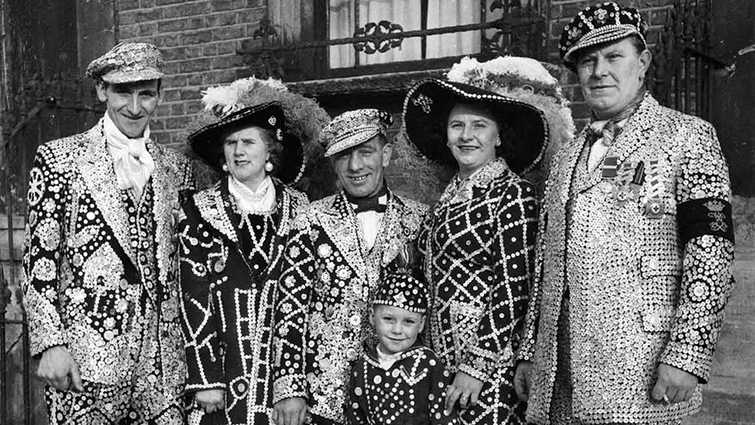nabitaa
Julimen do not celebrate birthdays, but mark each year-end with a large celebration known as voedr viimets, at which each member counts themself one year older. On their twentieth voedr viimets, the young Julim comes of age and is welcomed into the adult community with a coming-of-age celebration called the nabitaa.
A nabitaa marks the completion of a Julim's traditonal attire; at each voedr miimets, a child is given a silver button and once they reach twenty, the buttons are sewn onto the jacket of their formal outfit - a dress or suit made of dark blue wool with red, green and yellow embroidery with silver buttons.
A nabitaa marks the completion of a Julim's traditonal attire; at each voedr miimets, a child is given a silver button and once they reach twenty, the buttons are sewn onto the jacket of their formal outfit - a dress or suit made of dark blue wool with red, green and yellow embroidery with silver buttons.
The ceremony
The nabitaa itself is the ritual of sewing the buttons on to the jacket. Taking place at sunrise, the celebrant changes into the unadorned outfit and the adults of the community gather around them, lifting them up and showing them to the sunrise and singing "Look! Look! See here! See our child become grown". The parents, or community members acting in the parents' stead, then sew button on the cuffs of the jacket. Other adult members of the community, chosen by the celebrant, then step forward to attach the remaining buttons. The buttons are usually loosely tacked on, to be attached more securely after the ceremony.The meal
After the nabitaa, there's a period of dancing followed by a celebratory breakfast of cooked meats - cheek, tongue, neck, and belly are most common - served with potato pancakes, and a variety of jams and preserves. The centreiece of the meal is the laevos: a marzipan-covered cake filled with dried fruits, which have been soaked in alcohol. Although Julimen communities are not dry in the technical sense, the laevos is one of the few instances in which alcohol is consumed. The celebrant serves the two community leaders, the hemgimuss and the mulvindr, to recognise their taking on the responsibilities of serving the community. In return, the hemgimuss serves them the first cut of the laevos, to symbolise that service begets service, and that the julimen expect each member of the community to serve each other. A portion of the laevos is reserved, to be consumed at the celebrant's next major life event. Children are not ermitted to partake in the laevos, and are served a non-alcoholic version - laepa - in which the dried fruit is soaken in spiced honey.
Related Ethnicities
Remove these ads. Join the Worldbuilders Guild



Comments